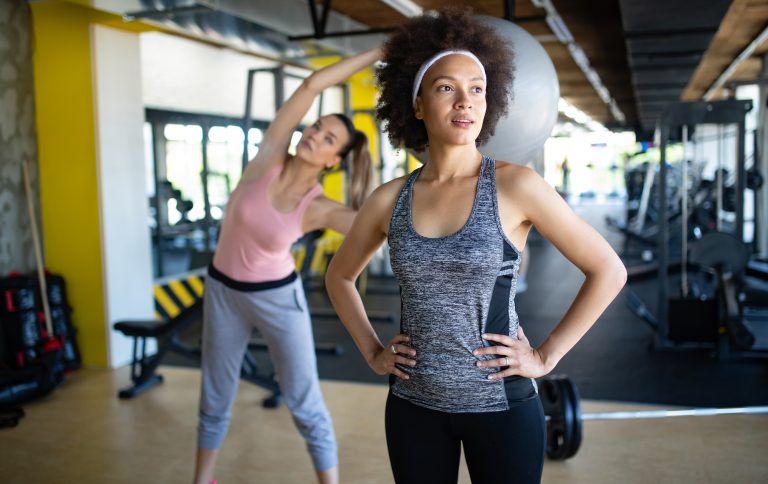While exercising has vast benefits, it also carries the risk of injury. However, with the right approach, optimal results and benefits can be realized from exercising without getting injured. Read on for a look at some of the ways to avoid exercise-related injuries.
Warm Up
Many injuries can be attributed to taking on strenuous exercise without taking the time to warm up. Warming up readies your cardiovascular system for exertion and eliminates sore and torn muscles. A warm-up flexes and warms your muscles, readying them for activity. A warm-up routine may be composed of light stretches, walking, or jogging. A proper warm-up calls for 10 to 15 minutes of slight physical activity.
Proper Technique
Different exercises have different techniques. It’s important to learn the relevant techniques before embarking on any form of exercise. There are professionals experienced in various kinds of exercises. Their input can be quite valuable in ensuring you follow the proper technique while exercising. The proper technique will help you get the most gains from an exercise while protecting you from injury. Injuries from improper form may keep you from exercising in the future. Weight lifting, in particular, calls for a few sessions with a professional trainer. Taking your time allows you to accurately learn the form.
Know Your Limits and Abilities
Each individual has their own level of physical ability. Our abilities have also been proven to vary from time to time. As such, it may not be possible to excel at physical activities that you used to handle with ease. It would be ideal to have a realistic concept of your physical prowess prior to embarking on any form of physical activity. Understanding your limits allows you to start slow and build up to peak physicality. Taking on strenuous exercise out of your scope is a sure way to get injured. Low-intensity exercises allow you to build up resilience for higher levels of intensity.
Proper Gear and Equipment
Exercises have different routines that require appropriate gear, clothing, and equipment. While exercising equipment may seem costly, it’s safe and tested for the intended use. DIY equipment may suffice, but it exposes you to injury and other detriments. It’s best to follow the instructions given with exercising equipment to limit the risk of injury. It’s also good to dress in the right shoes and outfits to ensure comfort and mobility.
Adequate Rest
Our bodies need adequate rest to maintain optimal functionality. We are subject to fatigue, especially after taking part in physical activity. Fatigue makes us vulnerable and dulls the body’s health. Exercises, in particular, place the body under intense amounts of strain. The muscles become sore and worn down. Taking a rest allows the muscles to heal, rebuild and grow even stronger. Rest also allows you to replenish your energy stores so you can handle future exercises better.


